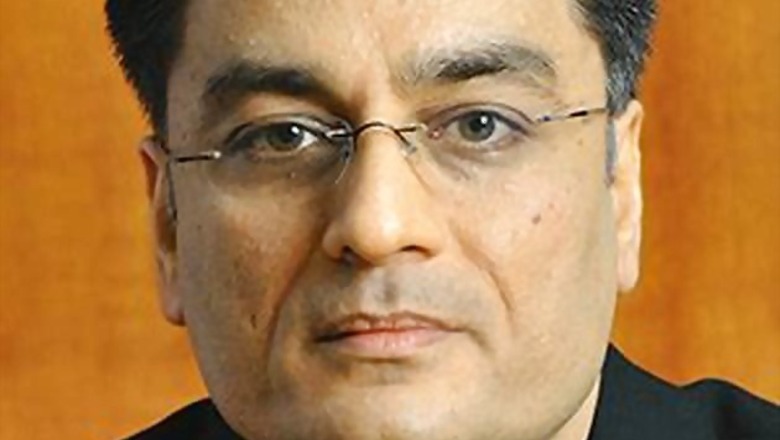
views
Shobhit Mehrotra
Profile: Senior fund manager and head of credit, HDFC Mutual Fund
Known For: He manages the HDFC Income fund with assets worth Rs 1,200 crore. According to Morningstar India, over the last year the fund has returned 10.40 per cent against the category average of 9.73 per cent.
Over the last few years, there's been a trend of interest rates going up. Investors were generally happy investing in fixed deposits that offered a modest rate of interest. But now things are going to change. We are at an inflection point in the interest rate cycle; I am positive on the movement of interest rates and expect them to go down over the course of the next one year.
While there has been one rate cut in April 2012, I expect the RBI to continue cutting interest rates throughout 2013, with the first rate cut expected on January 29 followed by another one in March 2013.
The biggest beneficiary of rate cuts will be long duration products like income funds and gilt funds, while the short-term bond category may also see some gains.
The 10-year benchmark government security, which is trading at a yield of around 8.15 per cent, is likely to trade slightly lower. This implies good amount of capital gains for the investor. On the other hand, liquid and liquid plus products may slowly start seeing returns coming down as and when the overnight rates decline.
So what would work for fixed income investors in 2013? Until now, retail investors focussed far too much on fixed maturity plans (FMPs) which have typically been of one-year tenures. They need to now have exposure in longer duration products like income funds or gilt funds. If interest rates go down, the capital gains in long-term bonds may offer positive returns.
The returns on FMPs have been in line with one year CD rates [certificate of deposit rates] which have declined substantially over the last few months. Over the course of 2012, one-year bank CD rates have come down from 11 per cent in March of 2012 to 8.8 per cent in December 2012.
The fall may not be of this magnitude, but the trend may continue over the next few months.
There has been some restriction on the total exposure that public sector banks can have on bulk deposits and CDs. This restriction has reduced the supply of CDs, which has led to a fall in rates.
During 2012, all fixed income products, especially short-end products like liquid and liquid plus funds did quite well. The income funds' performance in the last one year was affected by the anti-inflationary stance of RBI, which kept interest rates at a high in order to bring down inflation.
Over the last couple of months, we have seen inflation trending lower. Core inflation, which is in non-food manufactured products and which is closely watched by the RBI, has come down under 5 per cent.
If global commodity prices, especially crude oil prices show some correction, it will reduce the import bill, bring down the current account deficit and help in easing pressure on the currency, which in turn will reduce the fuel subsidy burden. This would help to rein in the fiscal deficit and lower interest rates.
Investors should look at income funds in 2013 as these funds offer convenience, flexibility and a potential for earning good returns.
















Comments
0 comment